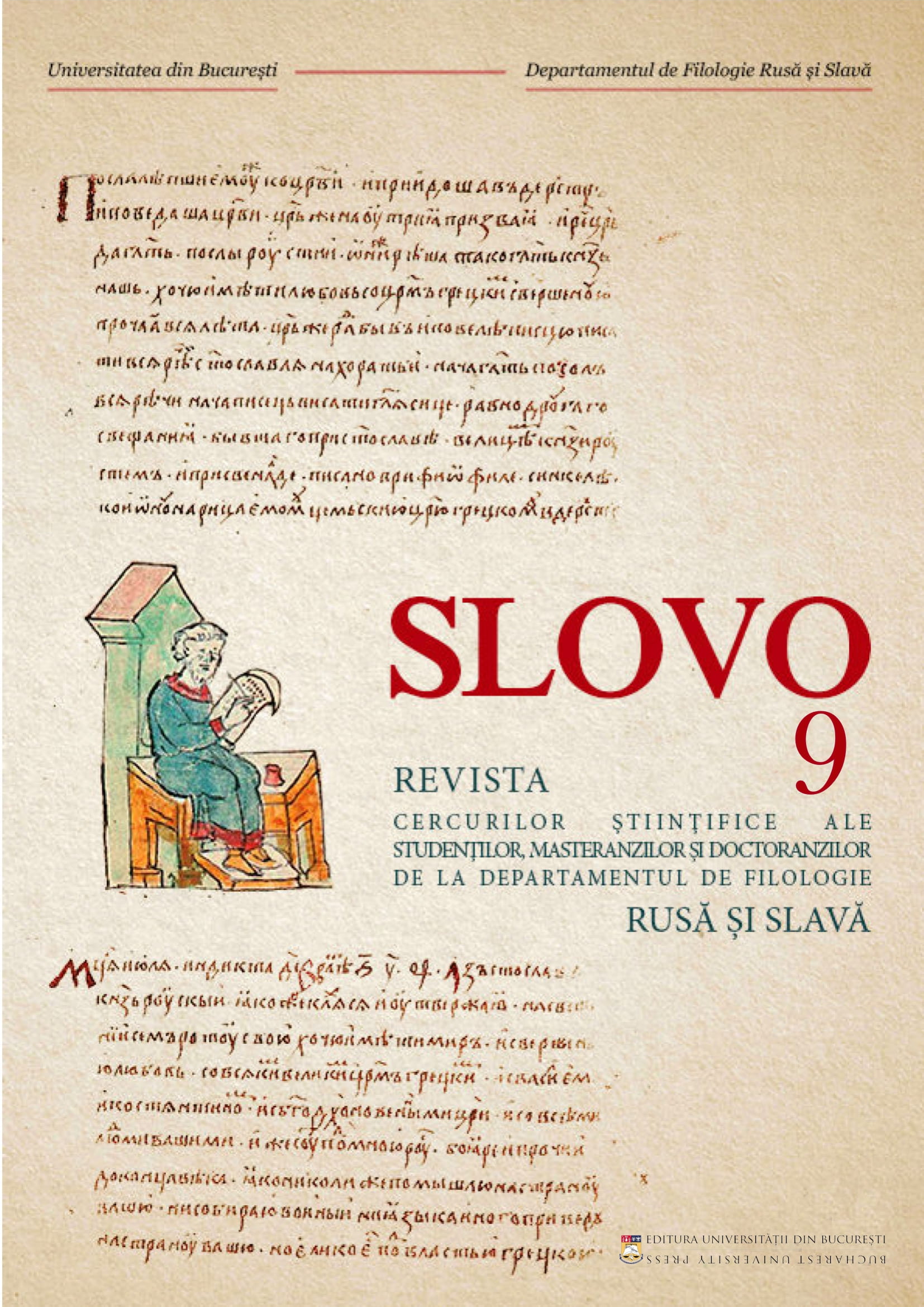
Traducerea povestirii ,,VIII ȘI MORȚII (PRINTRE MORȚI)" de Zinaida Hippius
Translation: Zinaida Hippius, „Vii și morții (printre morți)”, translation by Răzvan Tănase
More...We kindly inform you that, as long as the subject affiliation of our 300.000+ articles is in progress, you might get unsufficient or no results on your third level or second level search. In this case, please broaden your search criteria.

Translation: Zinaida Hippius, „Vii și morții (printre morți)”, translation by Răzvan Tănase
More...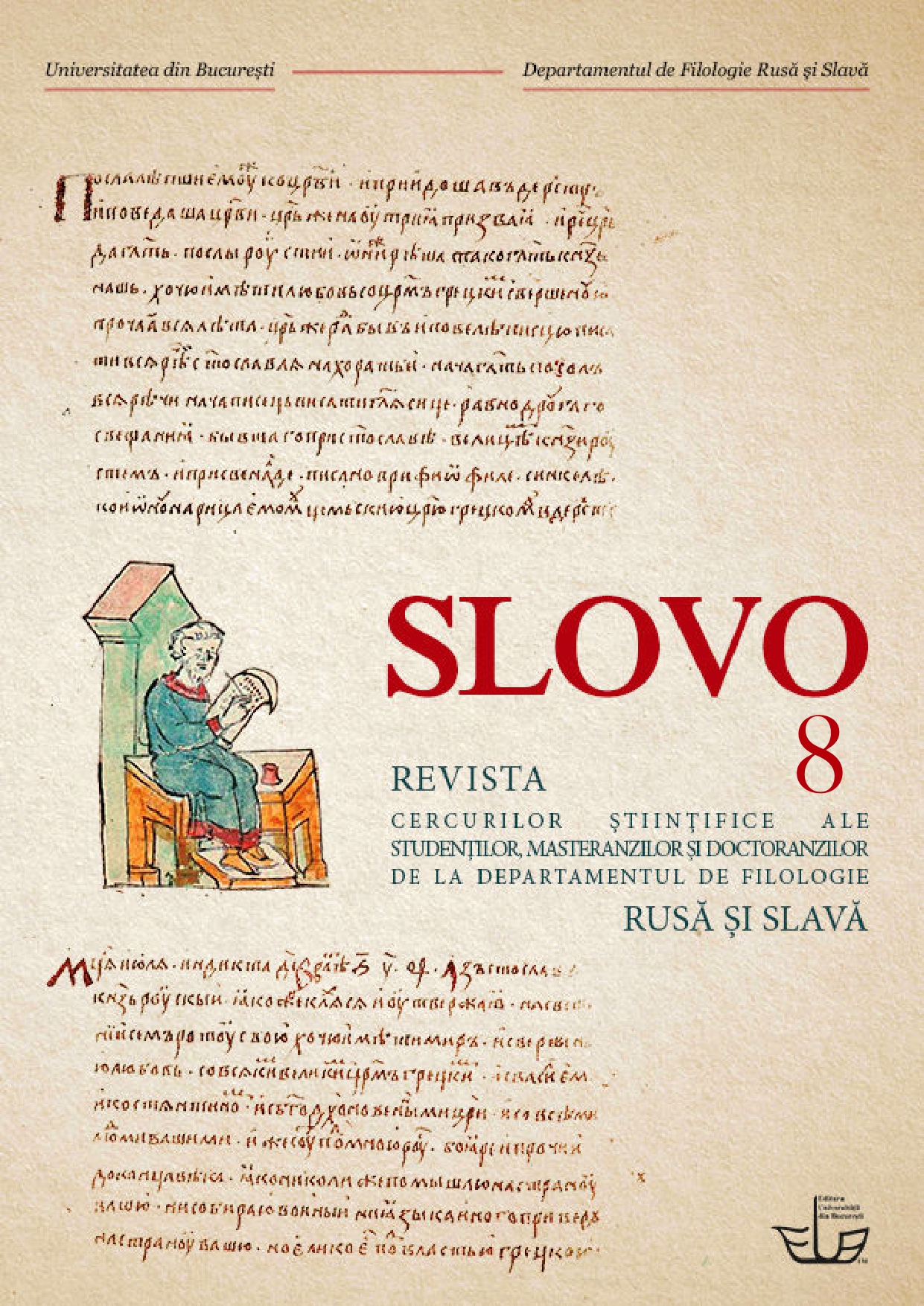
Translation: Leonid Andreev, „Valia”, translation by Lorena-Giorgiana Heredea
More...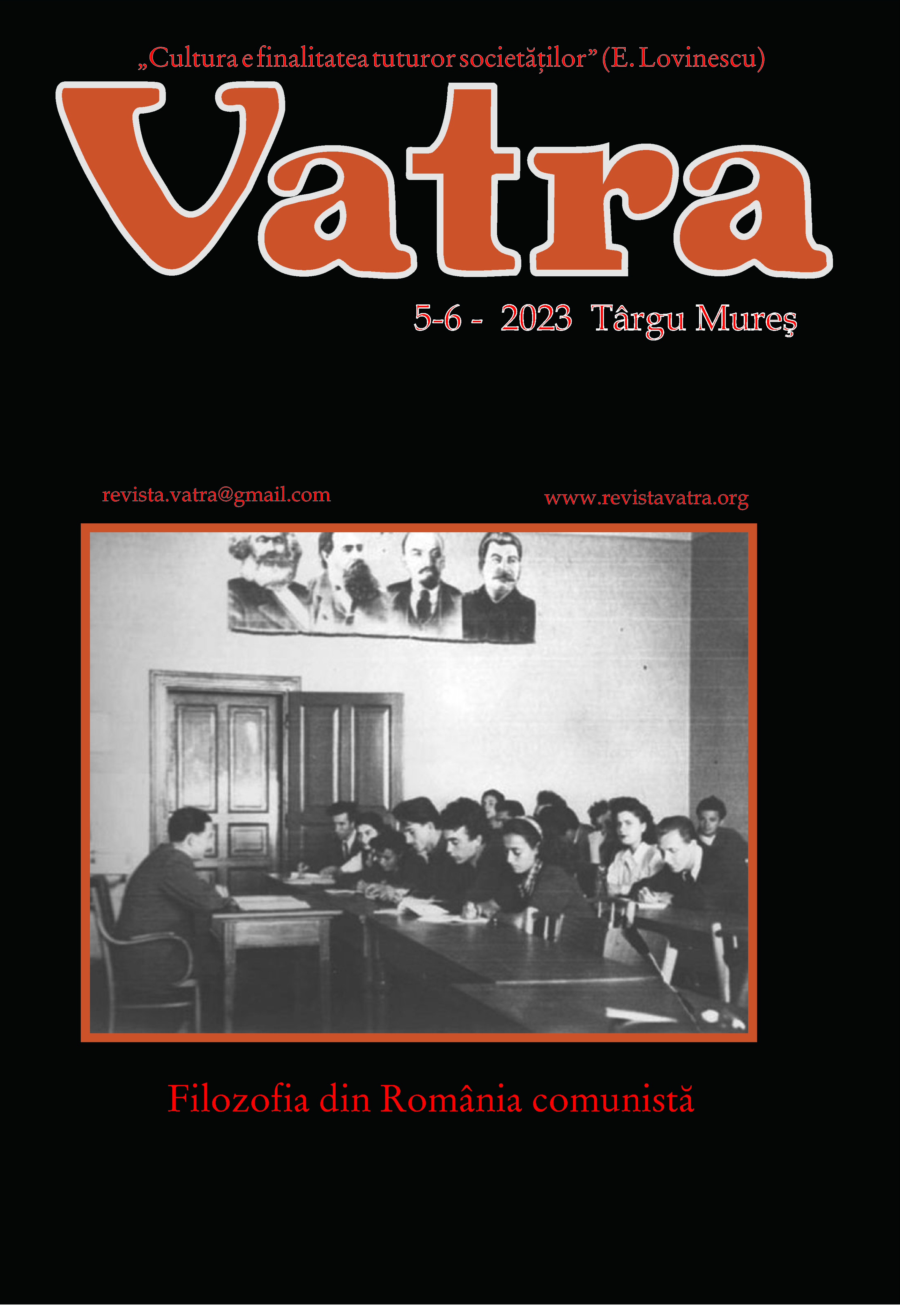
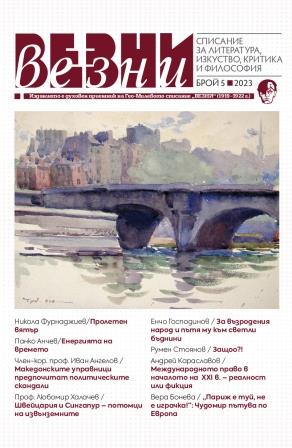


Text by the Italian writer, Dino Buzatti.
More...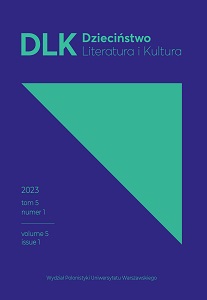
Interview witj Mell Brites, by Weronika Kostecka.
More...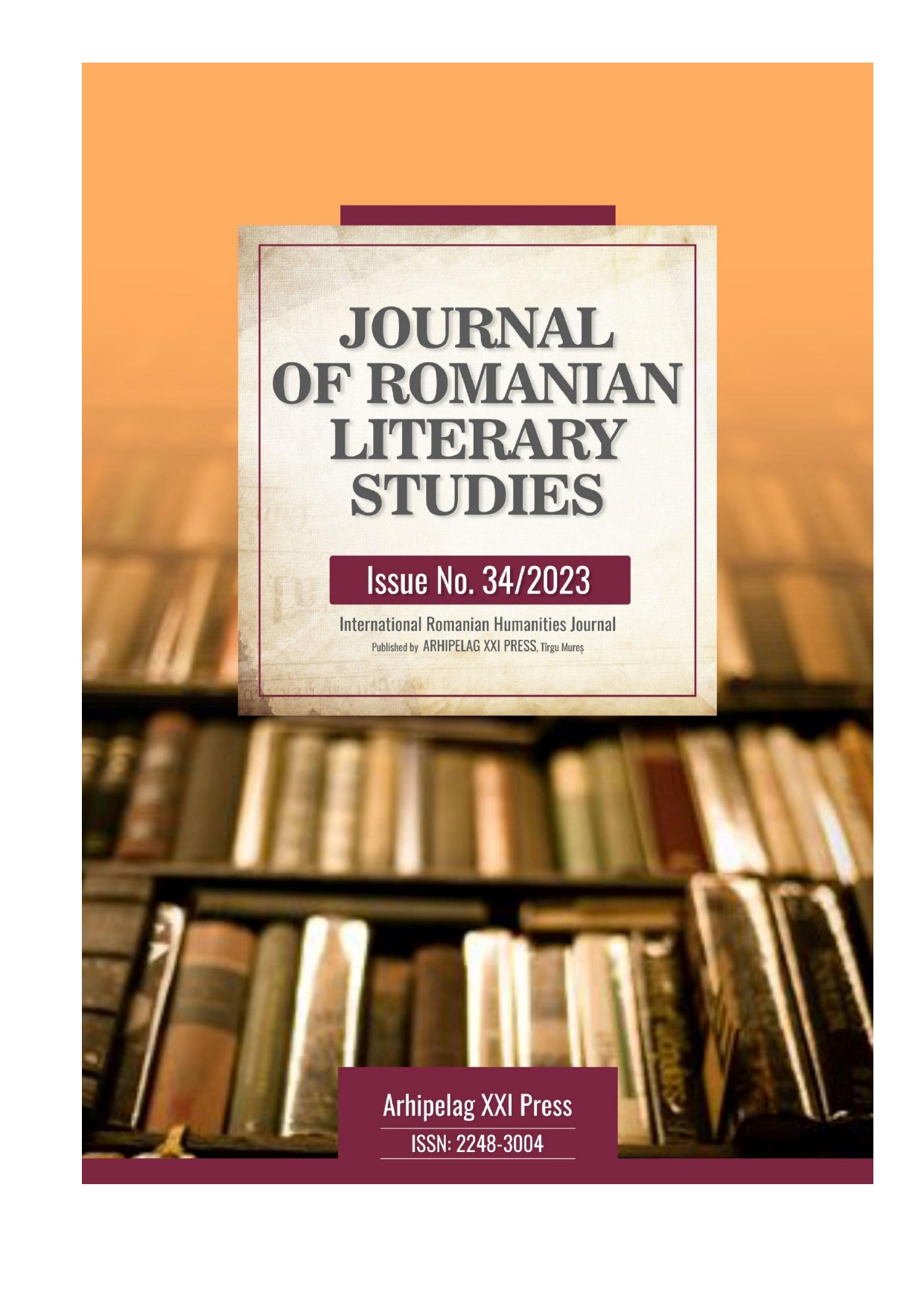
Although located beyond the mountains, Banat was in permanent connection with the rest of the country, Caransebes, a center of culture, education and faith, being similar to the Junimist spirit. The permanent connection between the intelligentsia here and that of the Country was maintained thanks to Bishop Ioan Popasu, through whose care a printing house and a bookstore were established in Caransebeș, among others, where books by authors from all the Romanian provinces were printed and sold. Let's also mention the role of the teaching staff from the Pedagogical-Theological Seminary in promoting the works of Romanian writers in literature classes, through the manuals they prepared. We propose to present the ways in which the work of Ion Creangă, a reference personality in Romanian literature, became known in Banat at the end of the 19th century and the beginning of the 20th.
More...
Analysing the issue of identity in relation to otherness, we focus our reflections on the characterological types representative of Panait Istrati's writing, in order to highlight the identity dimension of Istrati's work. It is obvious that the literary analysis of Istrate’s writing is not possible without identifying the particularities of the narrative chronotope and the network of symbols, recurring metaphors. In the bundle narratives, Panait Istrati places characters who are always travelling, their adventures being primarily initiatory. Friendship is often established between Istrati’s characters, whether outlaws or intellectuals, itinerant merchants or simply vagabonds, and this often extends to the brotherhood of the cross. The myth of friendship and the passion for freedom are just some of the phrases loaded with new symbolic meaning. The ordering criterion for analysing Istrate’s characters remains the classification made by the academic Eugen Simion in 2019, and the reference texts are illustrative of the Danube-Balkan Cycle (Chira Chiralina, Ciulinii Bărăganului) and the outlaws’ prose cycle (Domnița de la Snagov, Prezentarea haiducilor). With heroes thirsting for friendship, love, freedom and truth, the writer has succeeded in foraying the deepest horizons of the human being, illustrating one of its identity hypostases, the divinity in man.
More...
Neither an angel, nor a demon, neither Venus, nor Madonna, Miss Christina, the heroine of Mircea Eliade's novella, is an unusual female character, duplicitous, presented as an intriguing blend, on the border between vampiric and phantasmal: a vampire-phantom or a phantom-vampire? A being that feeds on blood, controlling and subduing others, Miss Christina is a character devoid of corporeality, to a certain extent. The embodiment, in the name of love, of the female character's weakness, will bring about a cascade of consequences.
More...
By integrating agony and death as obsessive themes within the pages of his prose, Pavel Dan, a writer connected through the threat of illness and the struggle with the pain of Max Blecher's destiny, acquaints himself with his own mortality, taming his fear of the unknown through writing, and through the experiences of characters who confront death, either as actors or witnesses. In Pavel Dan's prose, agony and death are not solely about those who have departed but primarily about those who remain, serving as a pretext for revisiting life's memories or revealing the characters of the individuals through the exploration of their psychology.
More...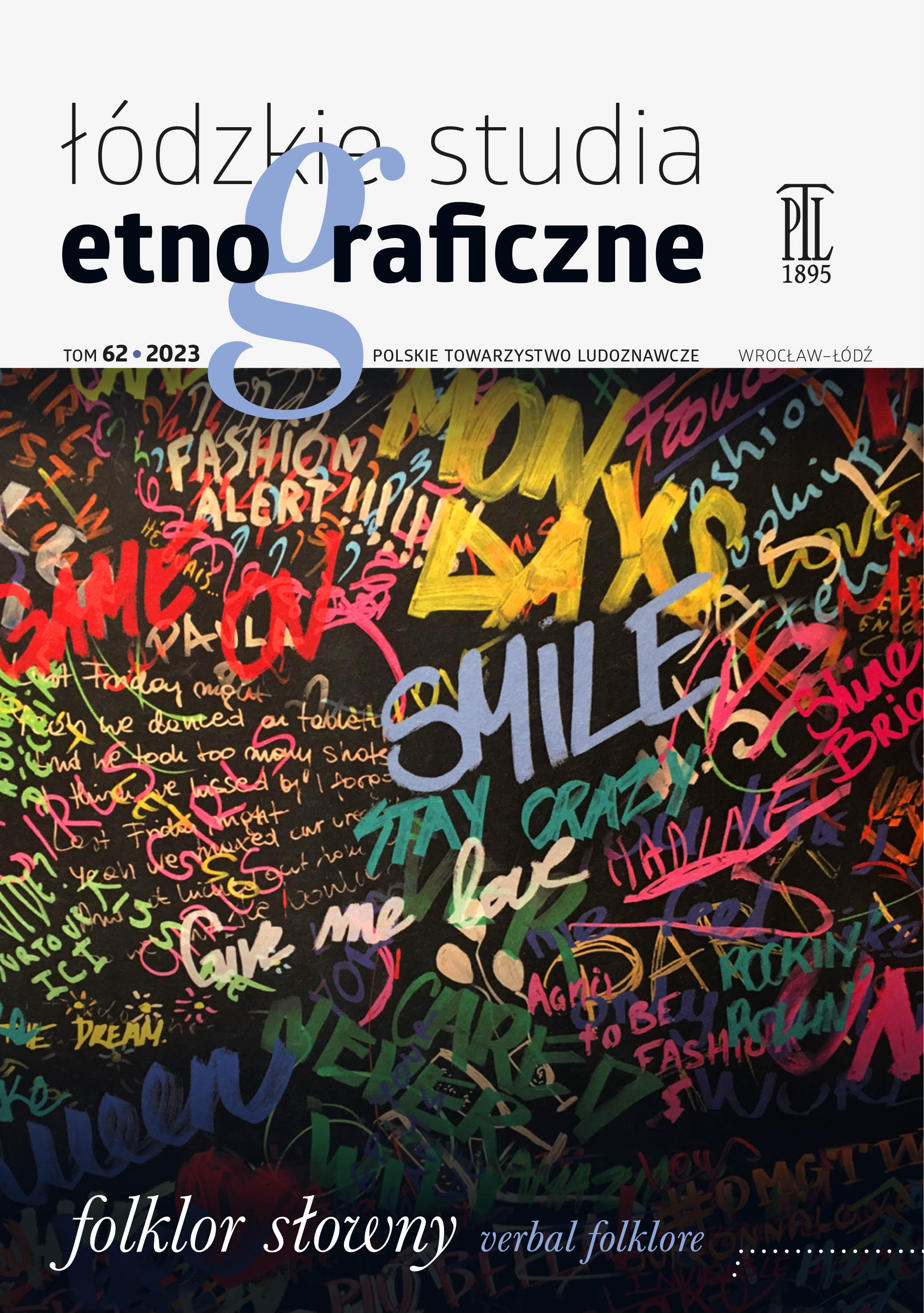
The article gives a multifaceted interpretation of the functions of a concentration camp fairy tale from the perspective of folklore studies (i.e. its socio-integrative, aesthetic, didactic/educational, compensatory/cathartic and trauma management functions) and literary studies (strategies of women’s writing about the Holocaust and the war, and the camp testimony). The author anal- yses the novel Wakacje nad Adriatykiem (1970) and an extended interview Królestwo za mgłą (2017) by Zofia Posmysz, an inmate of Auschwitz-Birkenau, Ravensbrück and Neustadt-Glewe, who stylised her camp memories as a traditional folk tale, thus commemorating the fairy tales told by her camp friend Zofia Jachimczak, who did not survive Auschwitz. The author comes to the conclusion that a concentration camp fairy tale seems to be a complete genre and a comprehensive structure of meaning that makes it possible to express the inexpressible.
More...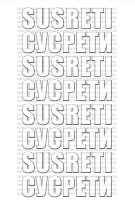
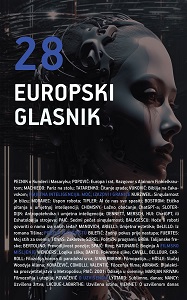
Short story by Alla Tatarenko: Čitanje grada: autobiografski zapisi o čudu književnosti
More...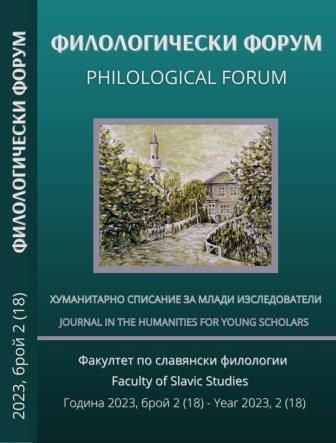
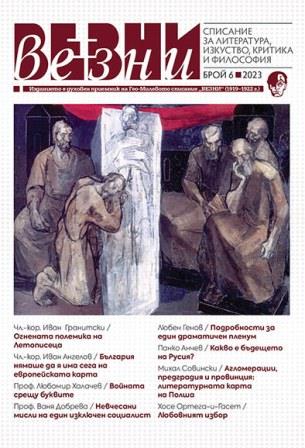
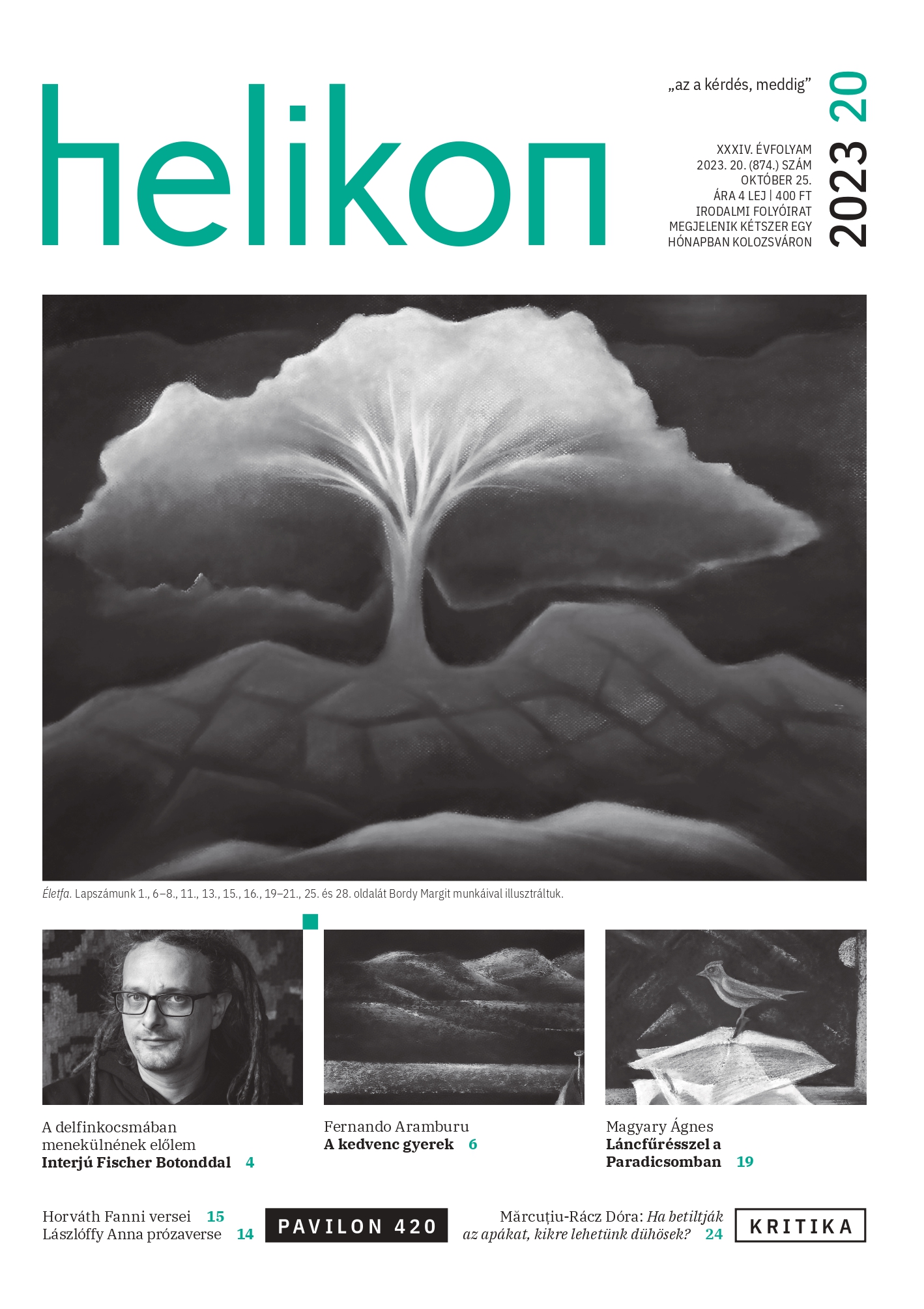
A serie of short stories by Imre Wirth.
More...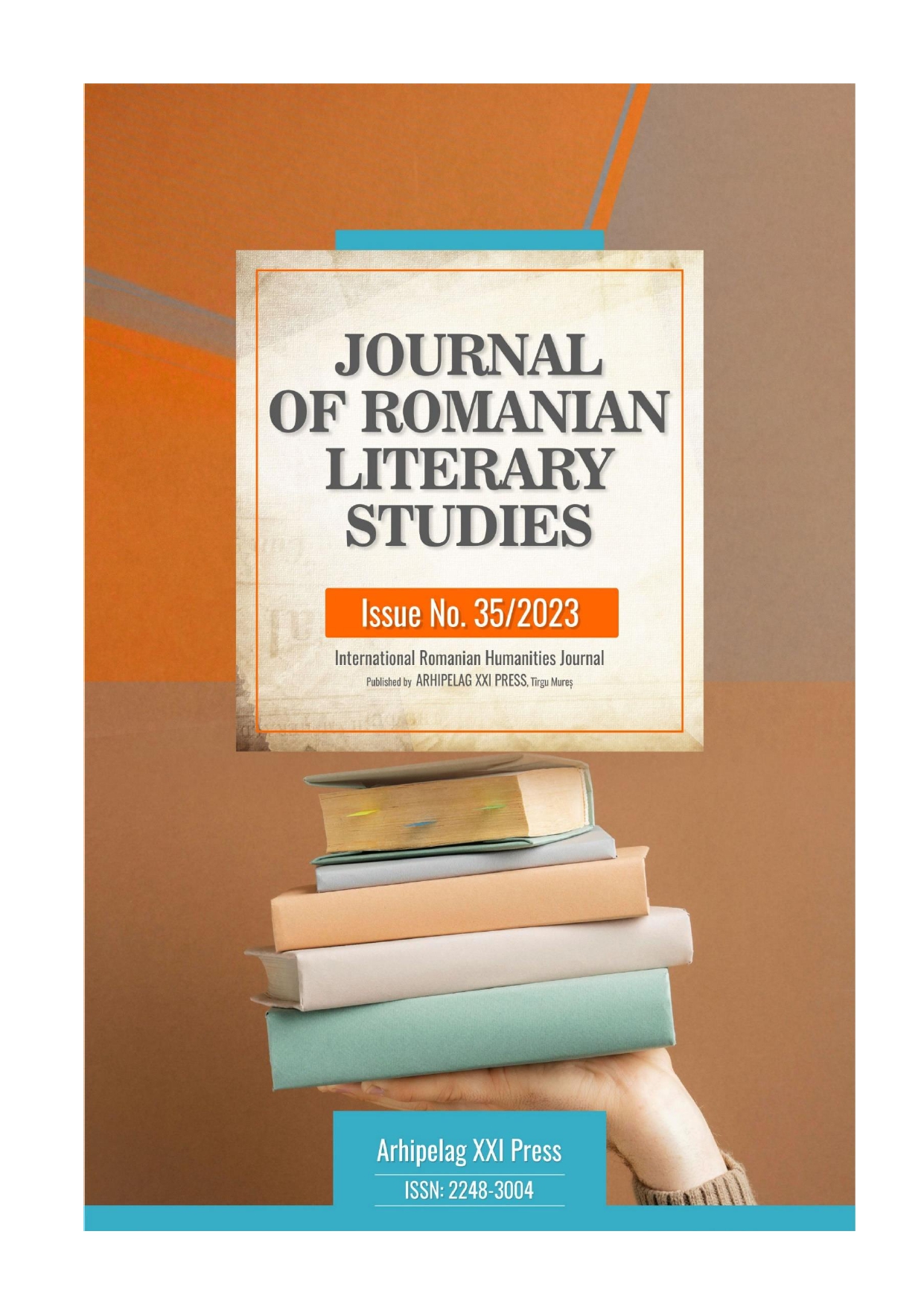
In the novella The Old Man and the Bureaucrats…, Mircea Eliade reveals a hypothetical way of engaging in the fight against communism or any other totalitarian system. Teacher Fărîma manages to infiltrate the Secret Police machinery and attempts to use it in order to achieve a certain objective. This apolitical intellectual deliberately enters this new world to search for something specific. His endeavor, all the stories he narrates are organized in a certain way meant to reach the desired goal. The fact that the objective of his quest is not mentioned anywhere leads us to believe that this is an experiment. The narrative act turns him into a skilled manipulator; he always avoids recounting the events he is asked about. Observing that he manages to maintain the interest of the audience even without providing information, Fărîma feels that he can succeed in his experiment, that he can manipulate the public. Face to face with no. 1 and no. 3 of the Secret Police, Fărîma ceases to be a skilled manipulator and relates the dream that provides the key to the unfolding of events. At the end, we find the old Fărîma continuing his search, asking the daily question/password - what time is it? – waiting for the appropriate response. Although there is some possibility that Fărîma has continued his search on his own, the last part of the novella tilts the balance in favor of the hypothesis according to which Fărîma has at least the consent of the Secret Police, or he even operates on its behalf. And if at the same time Fărîma manages to pursue his personal interests, the result is the expected one, and his manipulation technique has paid off. Furthermore, if Fărîma succeeds in achieving his objective, he will continue to manipulate the institution he infiltrated using the most original techniques: imagination, intelligence and disguised innocence.
More...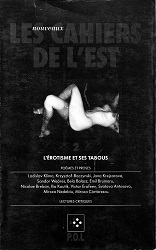
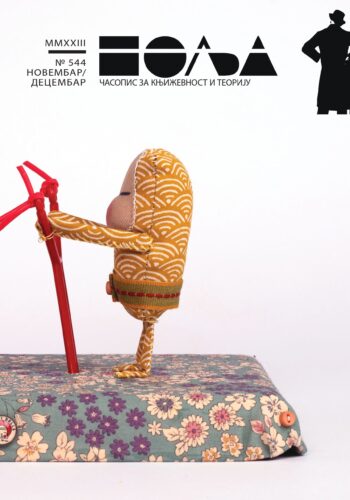
Poetry by Nemanja Mitrović; "Pokop", "Apotekarka","Uvid", "Olakšanje","Smetnje","Poziv", "Cvet", "Jesen"; "Izlet", "Zbrka","Metež", "Čitulje", "Natpisi", "Groblje", "Sahrana","Roman"; "Spomenik","Devojčica"; "Izlazak", "Supružnik", "Ludost", "Ogledalo", "Zima", "Samoća", "Kraj".
More...